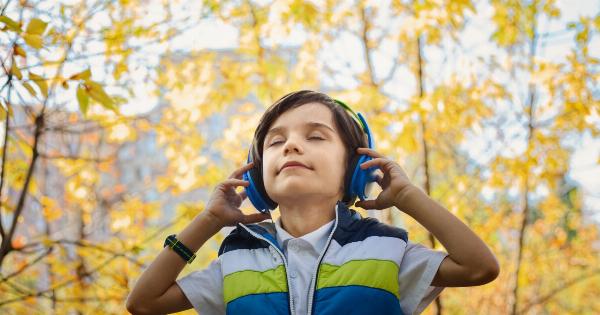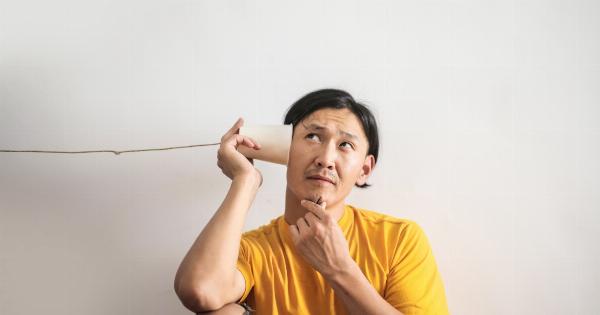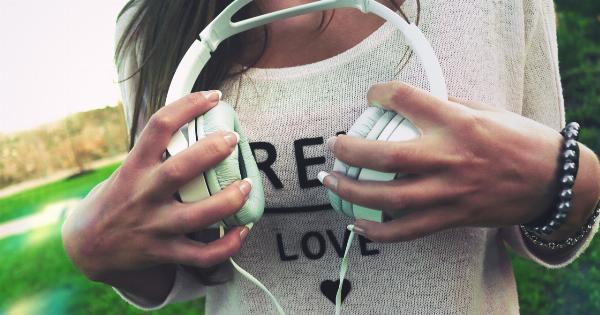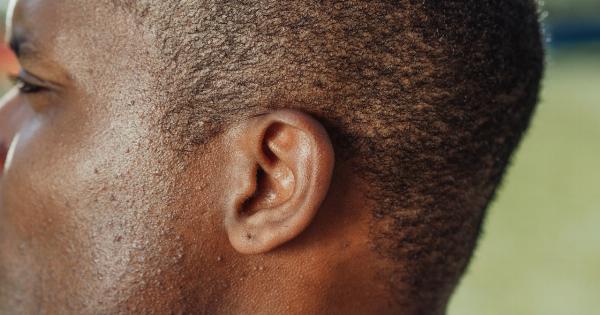In today’s modern world, technology has become an integral part of our lives. With the rapid advancement of smartphones and portable music players, the youth population has unprecedented access to their favorite music anytime and anywhere.
While this may seem like a convenience, it is also posing a significant threat to their hearing health. Studies and research have shown that an alarming number of young people – nearly one billion globally – are at risk of developing hearing loss due to exposure to loud music and prolonged use of headphones.
The Dangers of Loud Music
It is no secret that loud music can cause temporary hearing impairment, commonly known as tinnitus or ringing in the ears. However, the long-term effects of exposure to excessively loud music can lead to permanent hearing loss.
When sound reaches a certain decibel level, it can damage the delicate hair cells in the inner ear, which are responsible for transmitting sound signals to the brain. Once these cells are damaged or destroyed, they cannot regenerate, resulting in irreversible hearing loss.
Young people, in particular, are more susceptible to noise-induced hearing loss due to their propensity for listening to music at high volumes.
The World Health Organization (WHO) recommends a maximum exposure of 60 minutes per day to music at 85 decibels, which is roughly equivalent to the volume of typical headphones. However, studies have revealed that many young individuals listen to music at volumes exceeding 100 decibels, significantly increasing their risk of developing hearing problems.
The Rise of Headphone Usage
While loud music played through external speakers can cause harm, the use of headphones poses an even greater threat. With the advent of portable music devices, headphones have become a ubiquitous accessory for most youth.
The convenience and immersive experience they provide have made them the preferred choice for listening to music, watching videos, and playing games.
One of the primary reasons headphones are more dangerous than external speakers is the proximity to the ear canal. Unlike speakers, which project sound waves into the surrounding environment, headphones deliver sound directly to the ears at close range.
This direct exposure increases the intensity of sound and the risk of damage to the delicate structures of the ear.
Additionally, the prolonged use of headphones for extended periods can exacerbate the risk of hearing loss. Many young people use headphones for several hours each day, whether it be during their commute, while studying, or simply to pass the time.
This constant exposure to high sound levels can gradually wear down the hair cells in the inner ear, leading to permanent damage.
Preventive Measures and Awareness Campaigns
Recognizing the severity of the issue, various organizations and institutions are taking measures to raise awareness about the dangers of loud music and excessive headphone usage.
Educational campaigns are being conducted in schools, colleges, and universities to inform students about the importance of protecting their hearing.
Furthermore, laws and regulations are being put in place to restrict the volume levels of personal listening devices to ensure they do not exceed safe limits.
Some smartphones and music players now come equipped with built-in volume limiters, allowing users to set a maximum volume level to protect their hearing.
Parents and guardians also play a crucial role in safeguarding their children’s hearing health.
By actively monitoring and limiting their exposure to loud music and encouraging the use of noise-canceling or over-ear headphones, parents can significantly reduce the risk of hearing loss in their children.
Benefit of Limiting Exposure
The benefits of limiting exposure to loud music and practicing safe listening habits extend far beyond preventing hearing loss. Studies have shown a strong correlation between hearing health and overall cognitive function.
Untreated hearing loss in young people can lead to difficulties in speech comprehension, language development, academic performance, and social interactions.
By promoting responsible listening habits from an early age, we can help mitigate the potential negative consequences related to hearing loss.
Encouraging the use of earplugs in noisy environments, taking regular breaks when using headphones, and setting volume limits are all simple yet effective ways to ensure the preservation of hearing health.
Conclusion
Hearing loss in youth is a growing concern worldwide, with an estimated one billion young individuals at risk due to exposure to loud music and prolonged use of headphones.
The dangers of loud music and the convenient accessibility of headphones have combined to create a perfect storm for potential hearing problems.
It is crucial for education, legislation, and parental involvement to work together to raise awareness about safe listening habits and minimize the risk to the younger generation.
By taking preventive measures and promoting responsible listening, we can ensure that the youth of today enjoy their favorite music without compromising their hearing health in the long run.




























